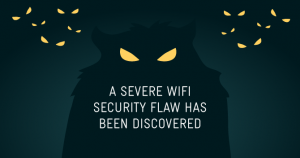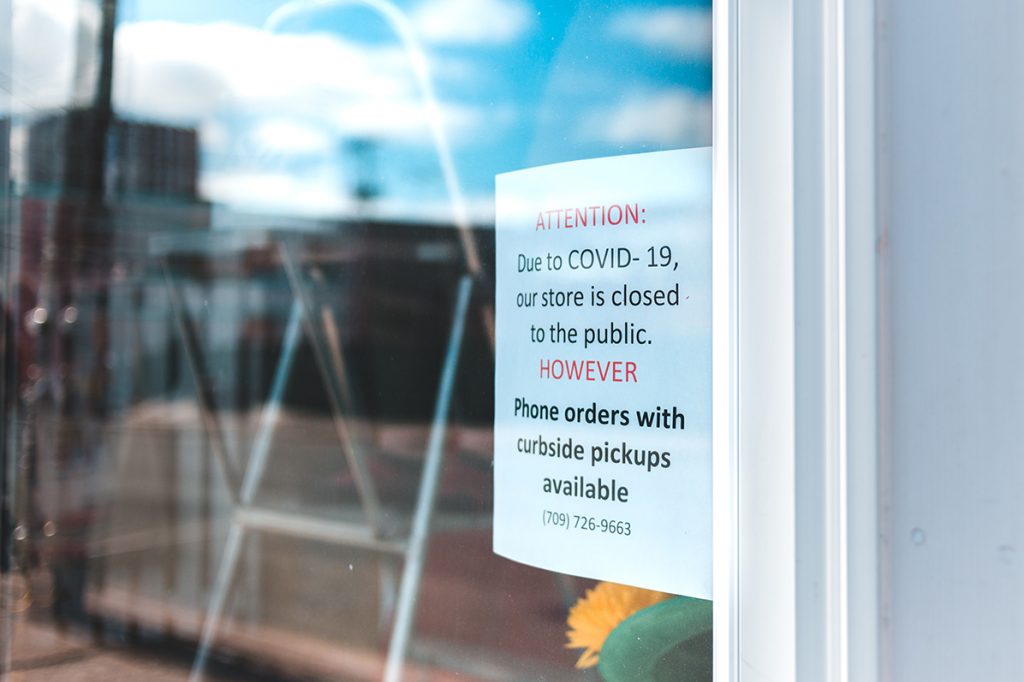Have you ever wondered how many times your passwords or personal details have been hacked? Luckily, there’s a quick, easy and free tool available that can tell you where and when your personal details have been leaked online. Read on below to find out how!
It is a common misconception that the main way your details can get into the wrong hands is via your own computer being hacked. However, the reality is that in this day and age, the safety of our personal information is completely outside of our control.
While it’s true that malware and phishing are two very popular methods for hackers to get a hold of your personal information, there’s another, arguably more common way.
Consider This…
If a hacker was to target you (either via malware or phishing) and they were to be successful, they would obtain just your personal information – maybe a couple of your email contacts too depending on the breach.
If instead, a hacker was to target a company you are a customer of, a successful breach may net them hundreds, thousands maybe even millions of people’s personal information.
We, as individuals, are all just one person. A company or service you use may store the details of hundreds, thousands, even possibly millions of people, making them a far more lucrative target for hackers.
How Can I Find Out How/Where My Details Were Hacked?
It’s recently been confirmed in the news that all 3 billion Yahoo accounts were breached back in 2013, making it as good a time as any to check whether your personal details have ever been breached and published online.
Thankfully, there’s a handy tool to help you do this!
Simply visit haveibeenpwned.com and type in your email address. If you have more than one email address, or perhaps an old email address, it is definitely worth checking them too. You can also search by username.
Your email address/username will then be checked against a library of breached data obtained via past hacks from a huge variety of companies. If your email address/username appears as a result, you will be shown the website/service that your data was stolen from.
Then what?
If you have indeed been the victim of a hack, we suggest ensuring you update both your email password and the password of the company/service your details were stolen from. You should also be sure to update your password with any other websites/services with which you use the same password. (And if you’re still using the same password for some or all of your accounts, click here for a guide on how to effortlessly avoid this high-risk practice in future!)








